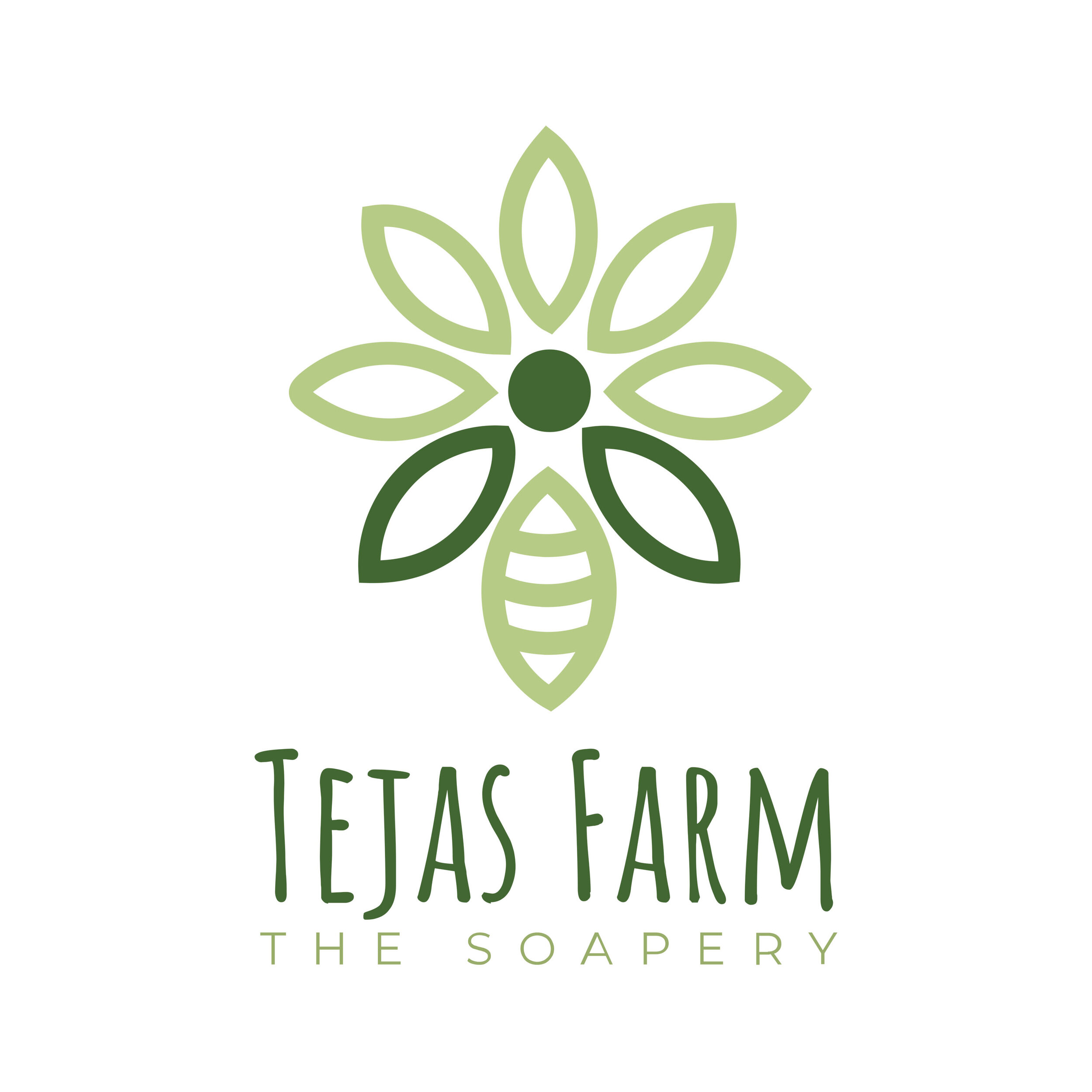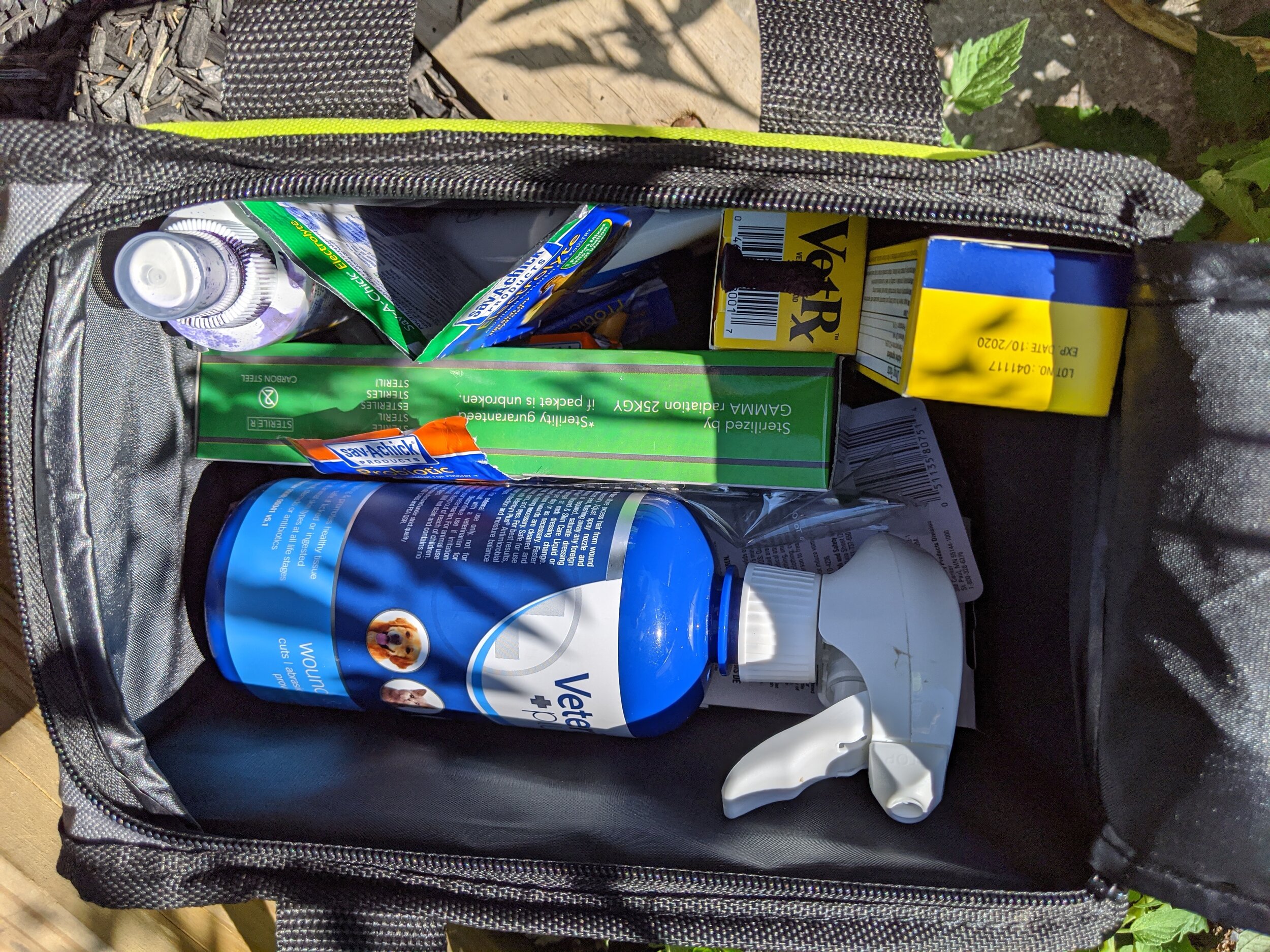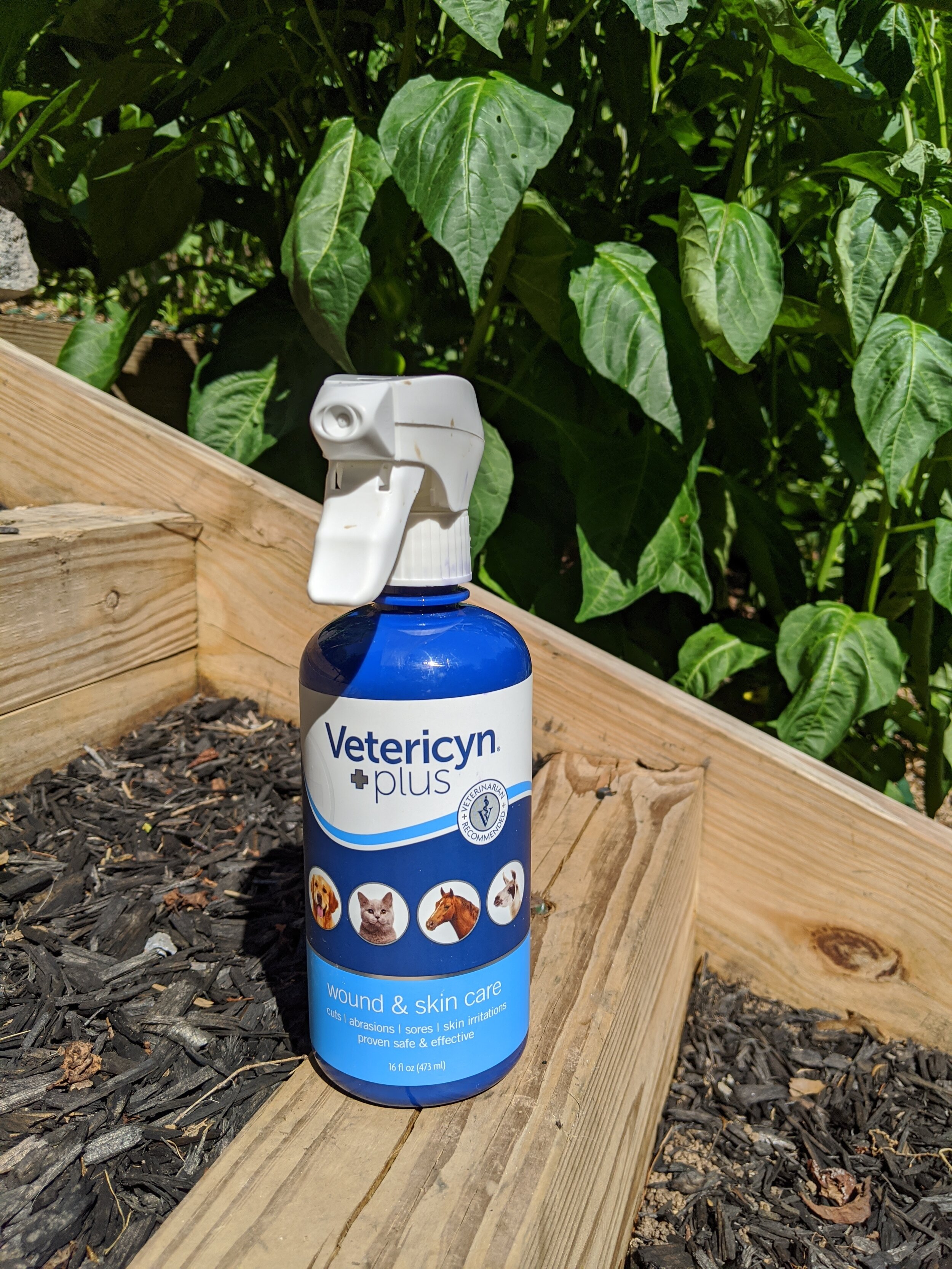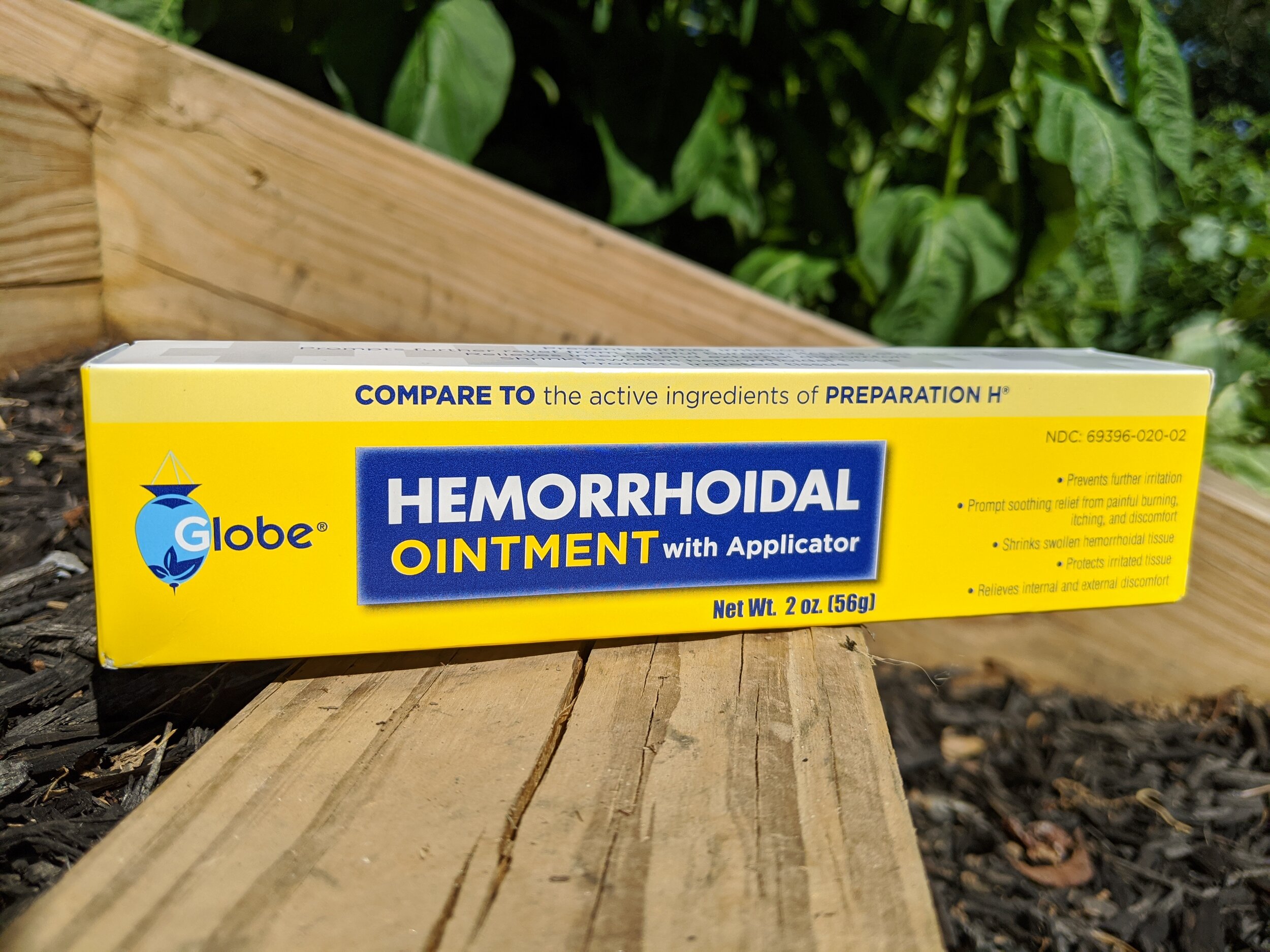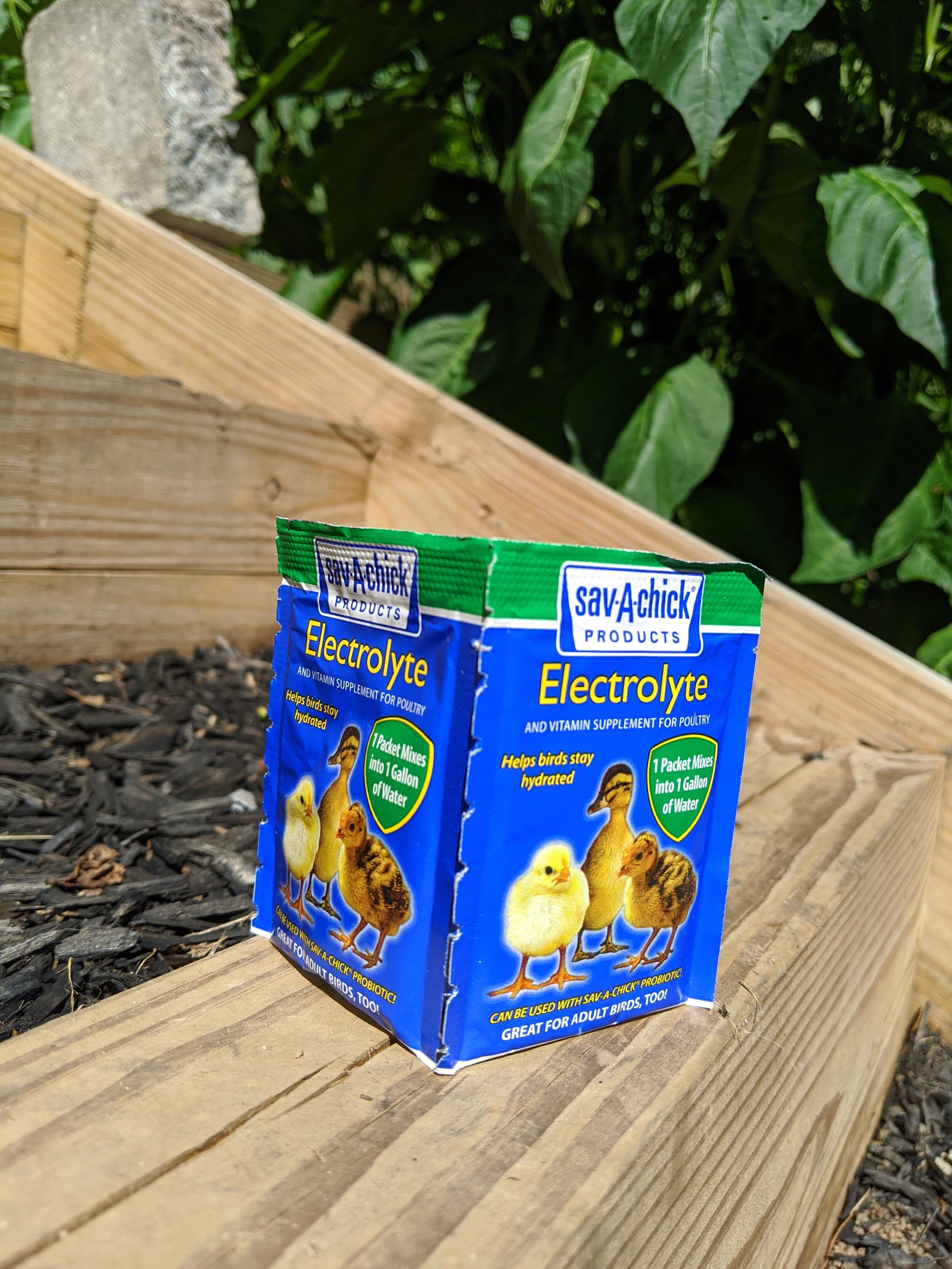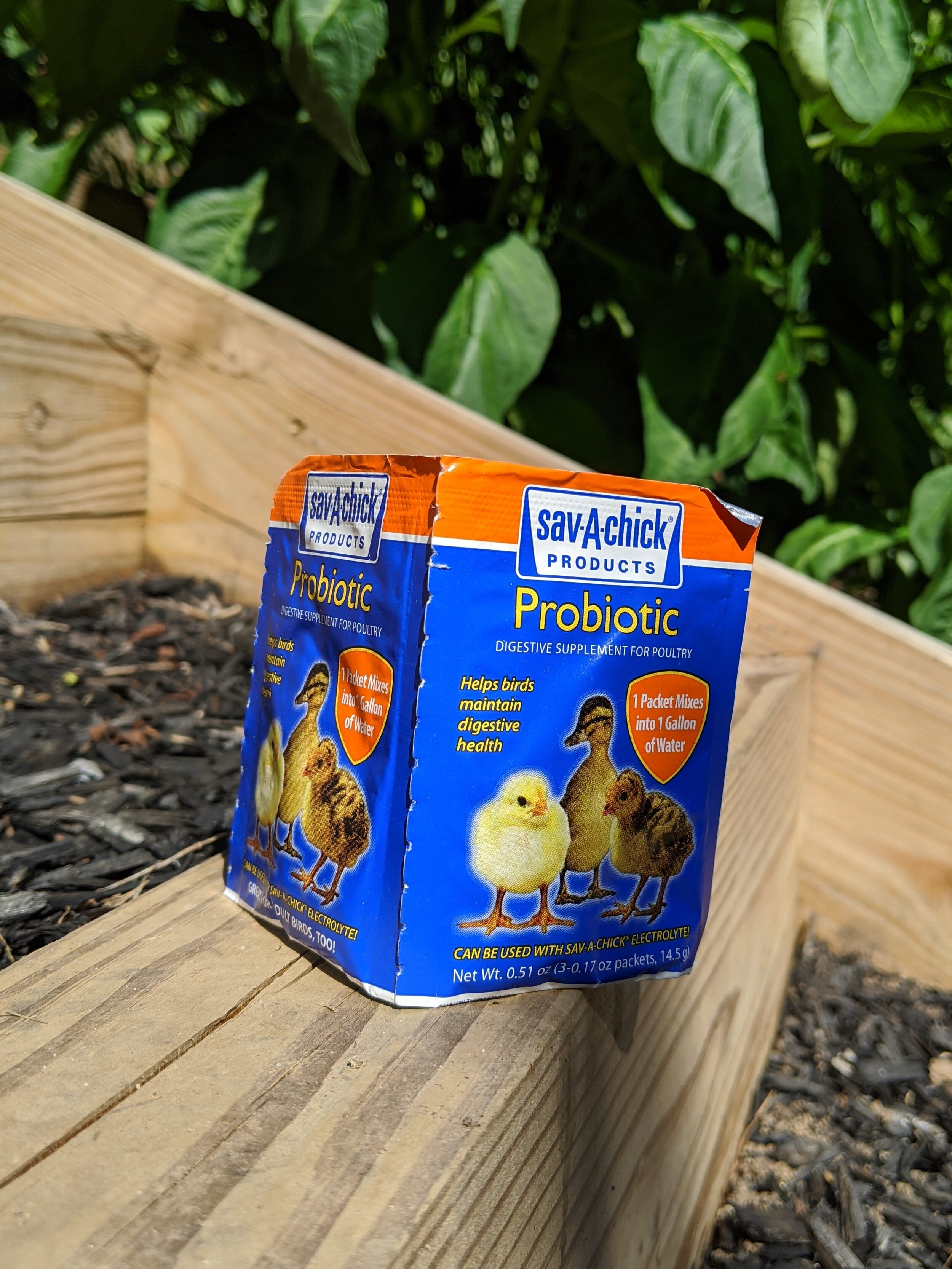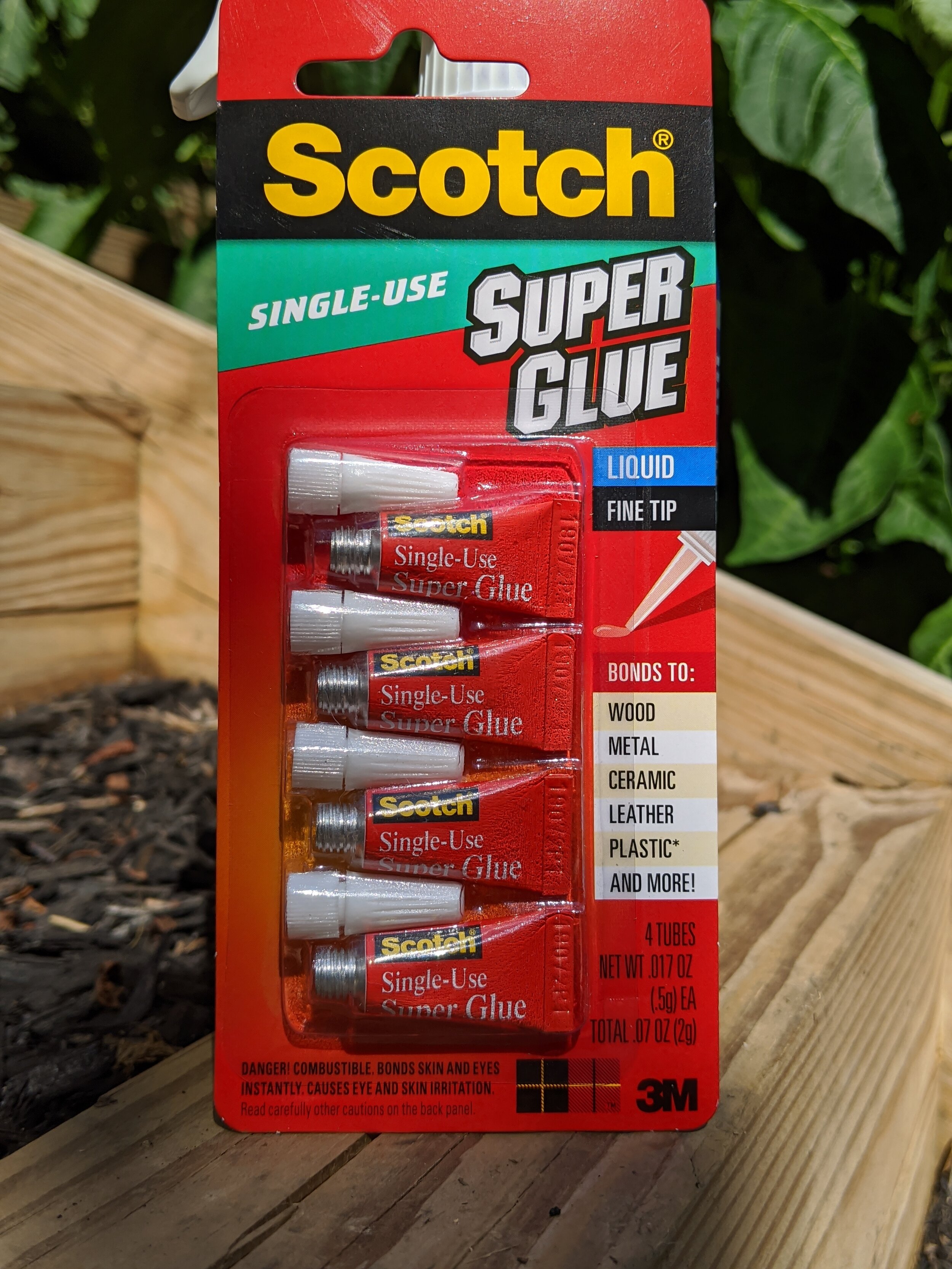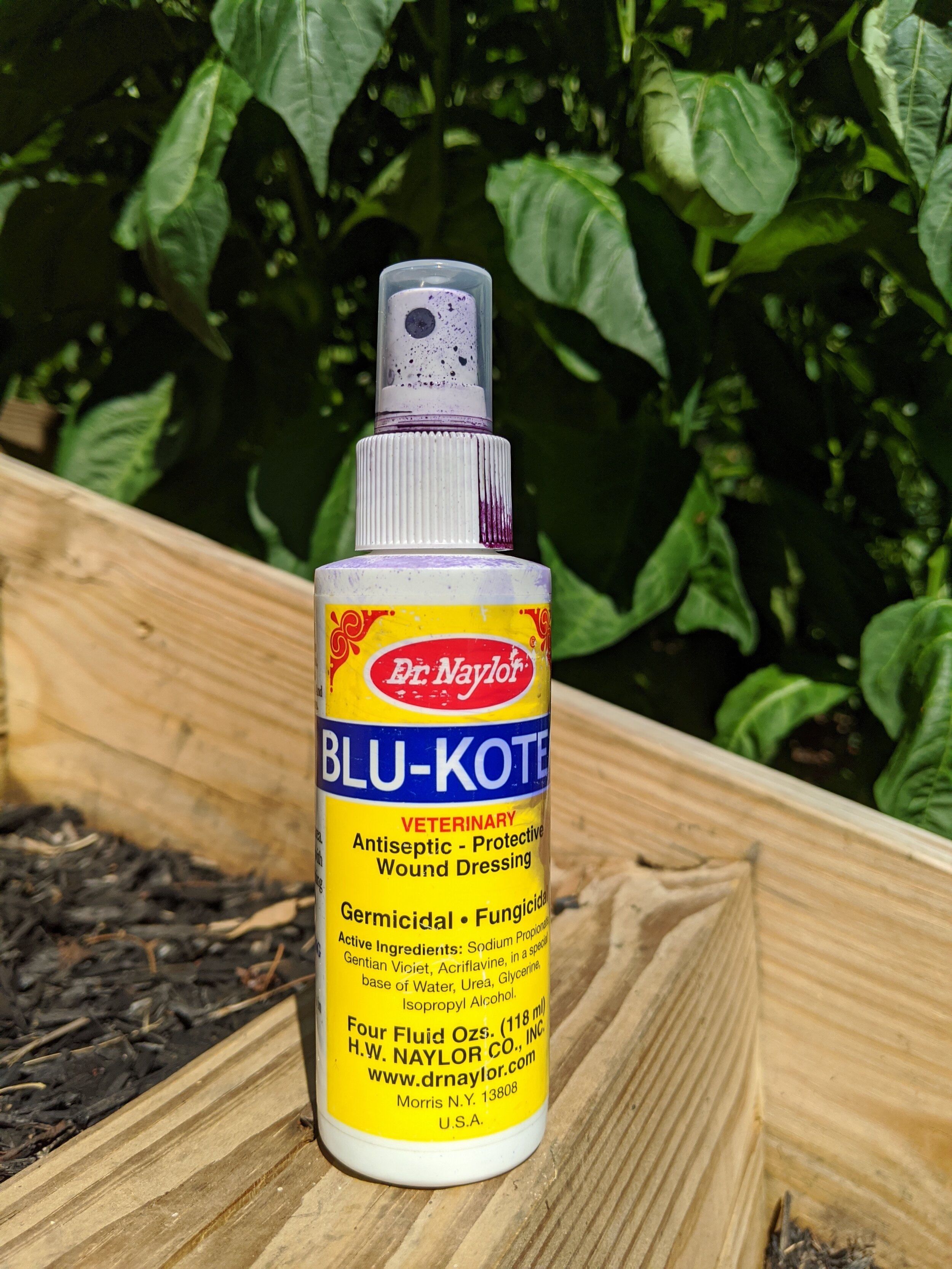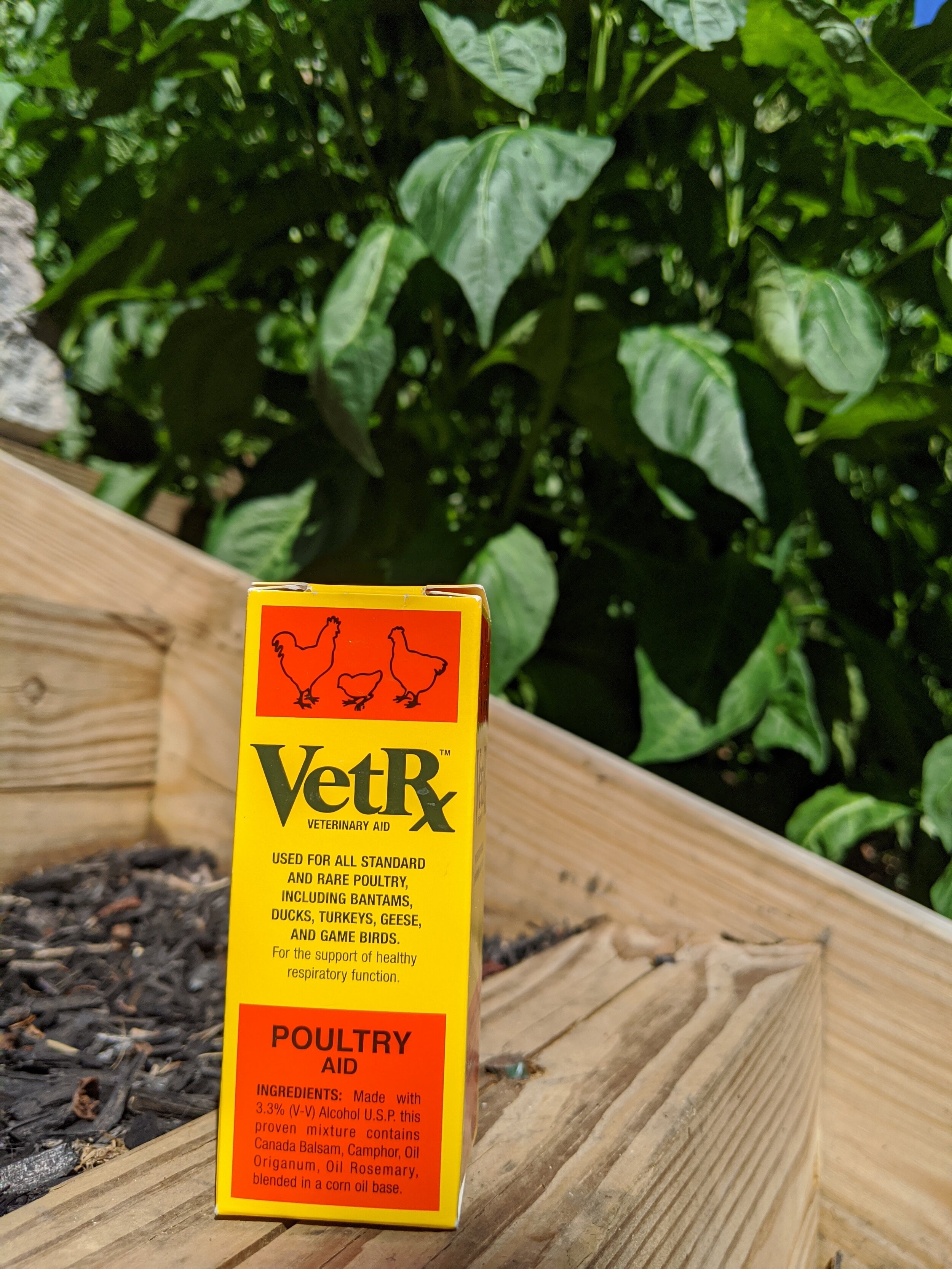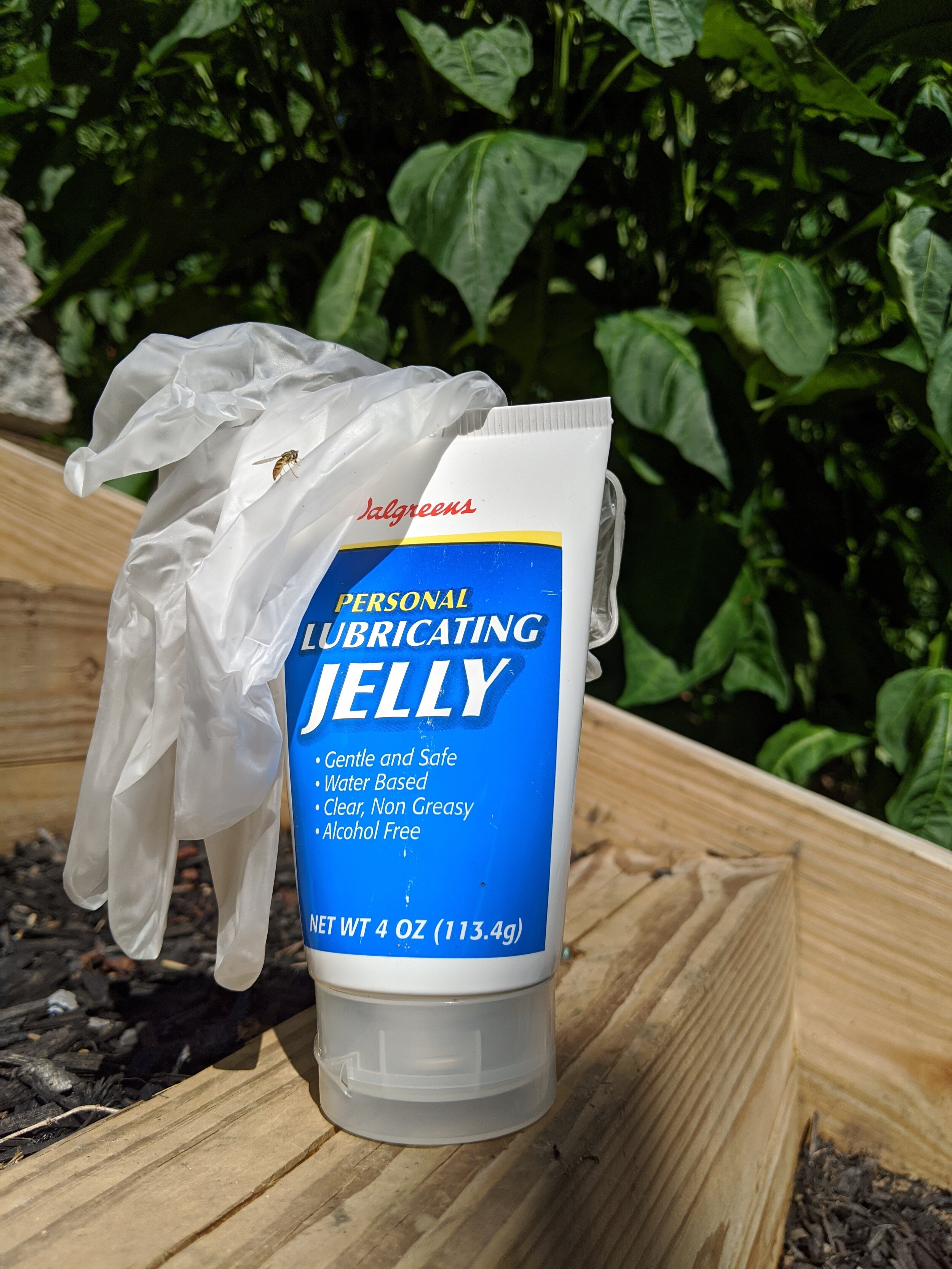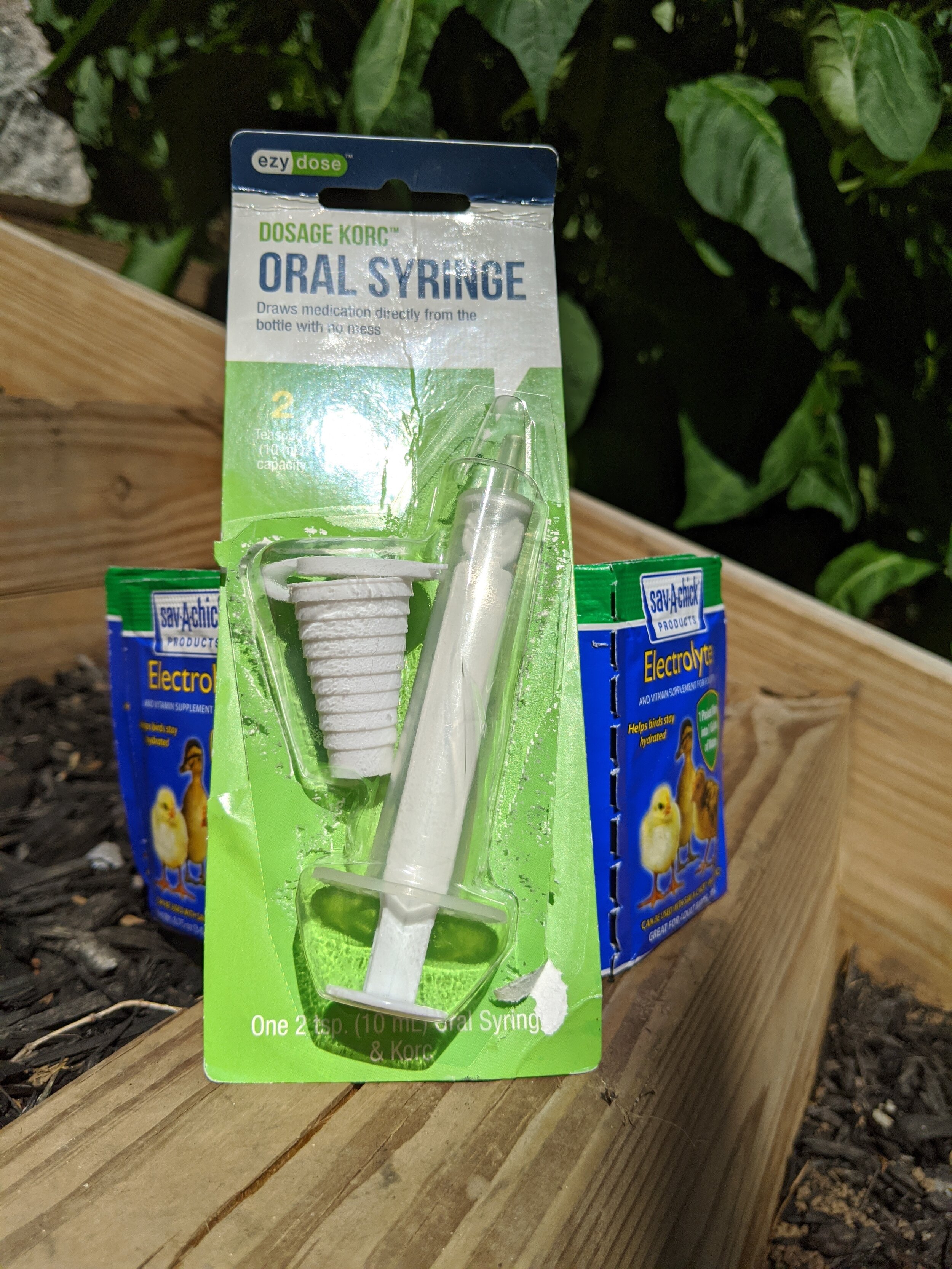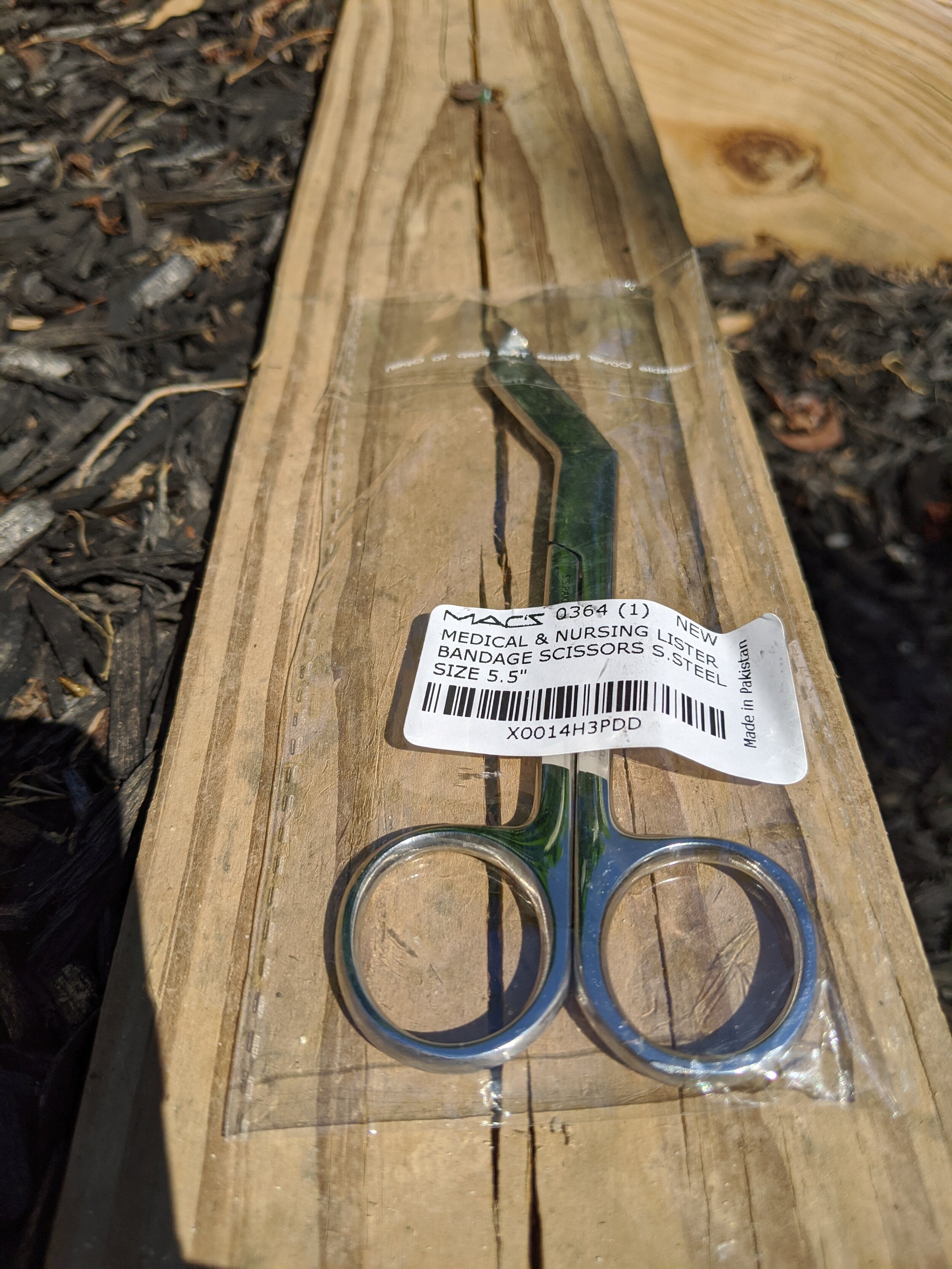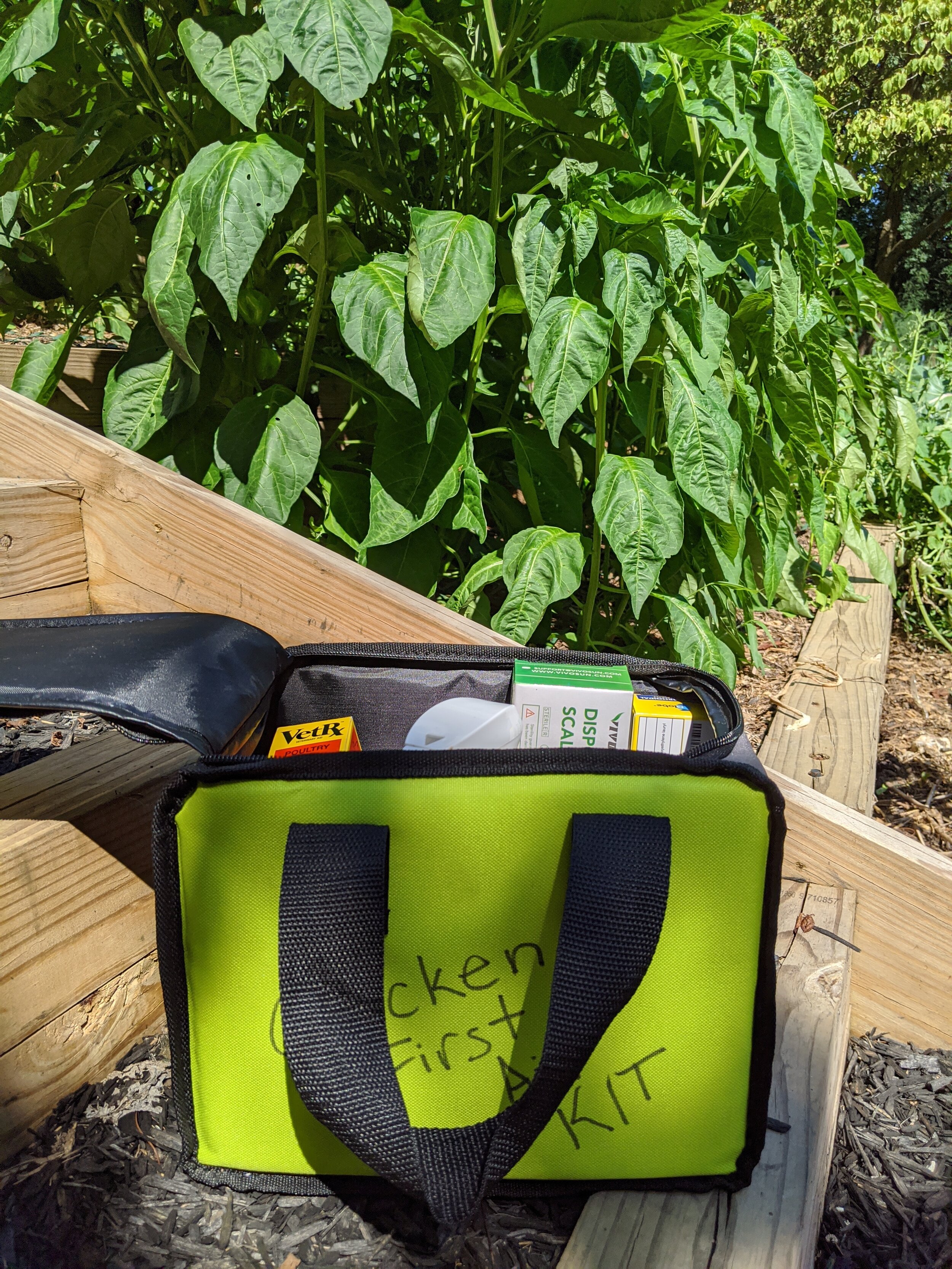Fowl Care
Do you have a first aid kit for humans in your house? Do you also have one for your feathered friends or 4-legged companions? This is a list of things we have in our first aid kit, as a means to help start your own. Hopefully there are things in it that you will have and never need. But if you do need them, better to have them at the ready.
This list is in no way a substitute for your vet or veterinary advice. Just a helpful backup for minor emergencies. It has helped us and we continually add to it, as new experiences happen.
We have a first aid kit for animals that is larger than our box of band-aids & for the humans. We currently have 2 dogs, 4 cats (3 outside, 1 inside), chickens, ducks, and a couple turkeys.
On any given day, random things can happen, good to be prepared for some things. We live in a rural setting, so having things on hand is easier than running into town.
Throw a towel over a chicken or a duck (or a dog’s head) to help calm them instantly. The towel over its eyes & wings not only quiets the feathered creature, but helps protect from further injury. You can imagine a duck opening its wings fully while going through a doorway, the potential for additional scrapes should be minimized.
We have an old Ryobi toolbag that zips up & holds many of these things, so it is easy to carry, like an old vet bag.
Antiseptic spray - Vetericyn Plus
Towels – to carry and cover the bird, to clean large messes and random poops. Also good to have a small towel to cover their eyes/face, which seems to calm them and keep them from moving.
Scrap rags – to help apply meds, to clean scrapes
Antibiotic cream
Scissors – of course you have scissors in your home, but to have a pair at the ready, sterilized and clean will save time and sanity later.
Tweezers – for splinters, or random whatevers that need a delicate touch.
Syringe – administering meds or nutrients orally, or for injections
Scalpel – especially good to have around for a mild case of bumble-foot
Sav-A-Chick Electrolytes – used especially for newborns, but also good for sick or dehydrated birds
Sav-A-Chick Probiotics – helps especially after antibiotics or treating for parasites
Superglue or Liquid Bandage – good to seal a cut, but also, if a toenail has been ripped off, we’ve used the superglue to cover the area. After sanitizing & applying the super glue, the area will be able to stay clean when returning the barnyard. I don’t like throwaway items, but I tried to keep a nice bottle of Gorilla Glue superglue, but it dried up quickly. Now, I like keeping a few disposable tubes in various places.
Alcohol or Prep pads – to swab and sanitize
Wound Dressing - Blu-Kote – A mild antiseptic spray on a wound after cleaning. Covers any blood or scrapes and stains them blue, so the animal does not have an obvious wound for others to peck at or attack. Also helps to make it obvious which bird you treated, because the stain lasts for weeks in some cases.
Preparation H cream or ointment – this is good to have around for vent prolapse. We recently had a chicken that was experiencing this, you’d see a protrusion from her cloaca. We brought her inside, and with a gloved finger, applied some of the Prep H to the area, and just a tip inside. We kept her inside overnight in a crate. By the morning, we could see that she had pooped normally, a shell-less egg had popped out & she was eating/drinking normally. A strange situation, but she is fully recovered now. Just freak moments of nature.
Lubricating Jelly - Sometimes necessary for feeling inside a chicken’s vent or a dog’s anal glands (FYI: They don’t like it.)
VetRx – like methylated rub for chickens – has a nice rosemary vapor scent to help with mild respiratory issues.
Epsom Salt – foot soaks, especially when treating mild cases of bumble-foot
Permethrin dust or poultry dust – we have this as a last resort, to help if a chicken gets mites, or there is an infestation in the coop. Do not use around layers, or at least don’t eat the eggs for a time after using it. We also do not use anymore because of the beehives that we keep on premises.
A foldable crate for a nursing station - We have large dogs and one that loves the safety of his crate, so they are useful to have around for us. I really like the style of this one because there are doors on 2 sides which means it is easy to reach the back of the crate without disturbing the bird, if necessary.
Potty Pads - good to keep on the bottom of your crate or temporary home for an injured bird, or when keeping chicks. Good for many occasions, also for your actual dog, if they happen to have an occasional accident.
Cheater First Aid kit - this has a nice little selection to get you started, always better to be prepared!! Also, this is definitely not cheating. A selection of first aid items is good to have around for critters and humans alike.
Deluxe First Aid kit - this one is designed for horses, but still useful for your critters, with scissors, bandages, and wound care.
Anything else you think would be useful, just let us know!
Had good experiences? Or bad ones? Please share! We can all contribute to help others in similar situations.
Thanks for checking us out.
*In our posts, some links are affiliate links whereby we earn a small percentage of the purchase price, at no cost to you. Most other links are simply the products that we purchased for your information, no affiliation exists. Thank YOU for your support!
